On June 2, the Provincial Agricultural Extension and Agricultural Services Center in collaboration with Oxfam Vietnam, the Center for Research, Innovation Consulting and Sustainable Development (CCS) organized a conference to communicate, introduce and visit the demonstration site applying continuous biomass gasification technology (VCBG) in agricultural product processing.
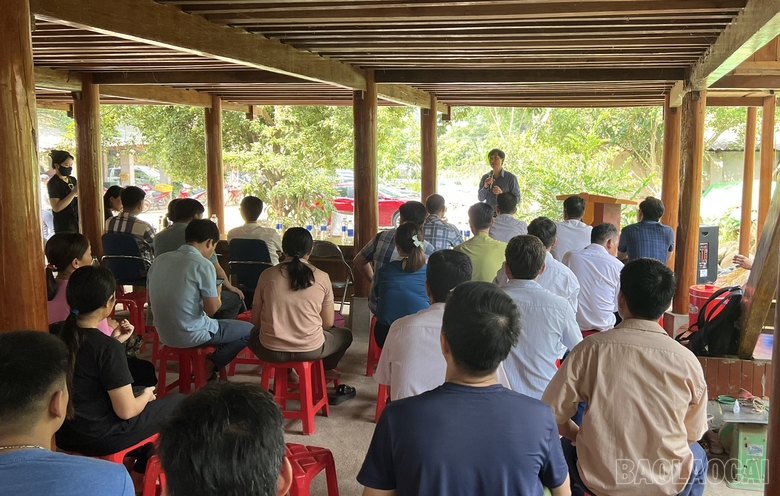
The conference was held in Vinh Yen commune, Bao Yen district with the participation of nearly 100 delegates representing a number of departments, branches and localities in the province; enterprises, cooperatives, establishments, households producing, processing, trading in mechanics, fuel processing, agricultural and forestry processing in Bao Yen district.
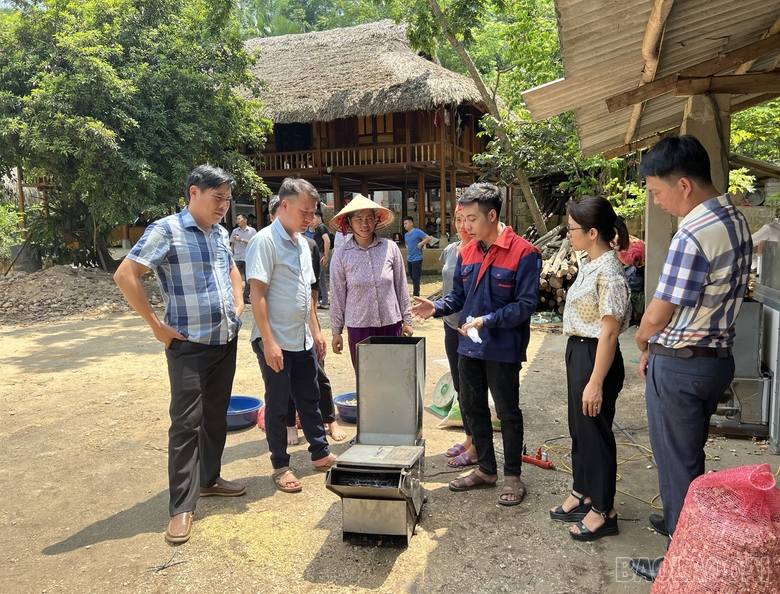
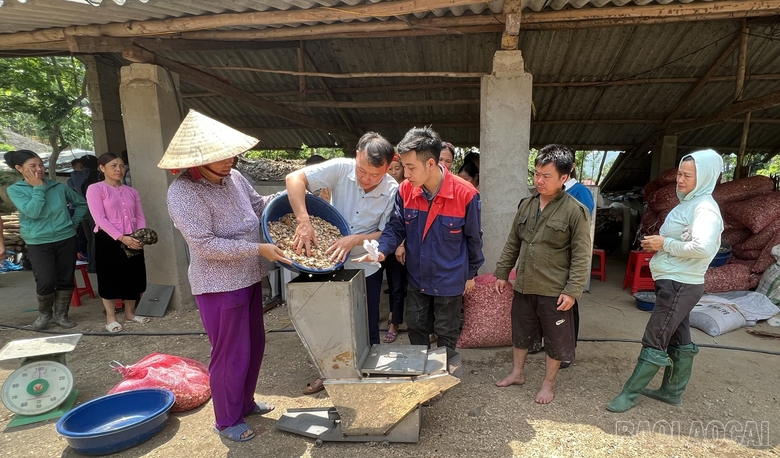
Delegates were introduced to the Project “Biomass Gasification Technology (BEST Project) - Sustainable Energy Solutions for Agricultural Processing and Waste Management in Rural Vietnam”. The project is funded by the European Union, implemented in the period 2020 - 2024 and managed by Oxfam in Vietnam, in coordination with CCS.
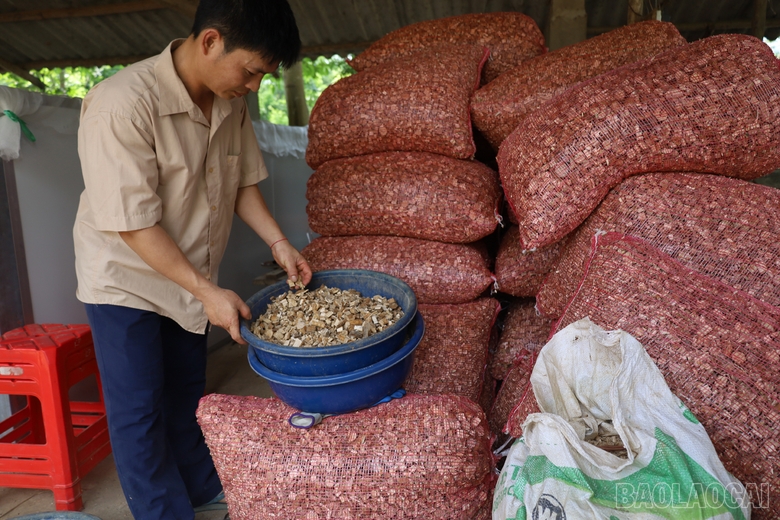
Biomass gasification technology is the technology of burning materials of biological origin in the absence of oxygen. Basically, biomass materials are fed through the feed part of the VCBG device, and synthetic gas is generated in the reaction chamber. Then, the gas is burned to generate heat at the burner of the device. The biomass materials used in this technology can be locally available agricultural and forestry by-products such as: chopped branches, wood chips, sawdust pellets, etc.
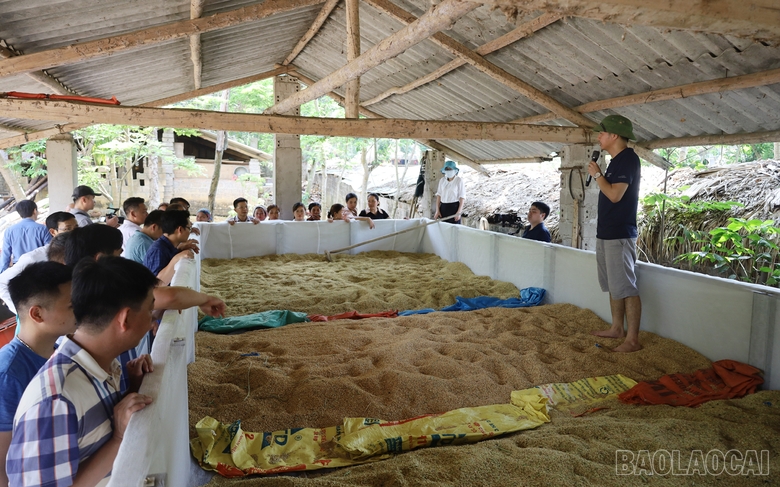
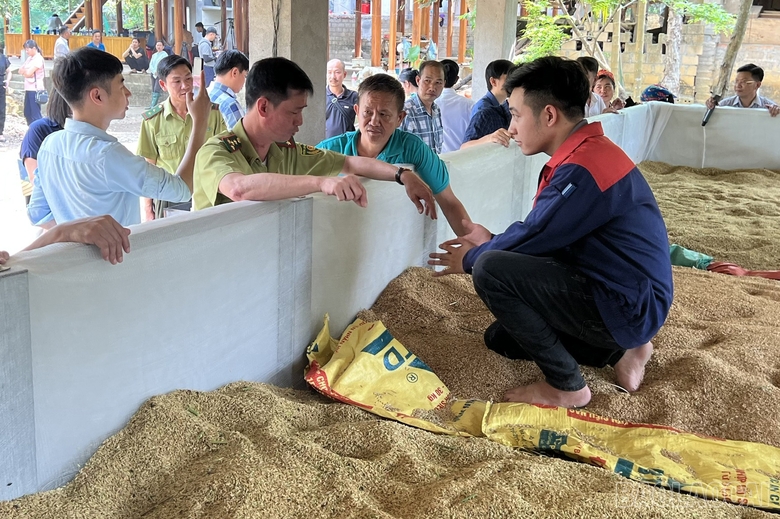
At the conference, delegates visited and practiced drying rice with VCBG stoves and exchanged, discussed and answered questions about technology, the application of technology in agricultural production and processing in general and rice drying in particular...
The application of continuous biomass gasification technology has many advantages such as: taking advantage of agricultural waste and by-products as fuel; being environmentally friendly, safe for the health of producers; reducing environmental pollution and waste treatment in rural areas; at the same time saving costs, labor and improving the quality of agricultural products after processing.
Source link


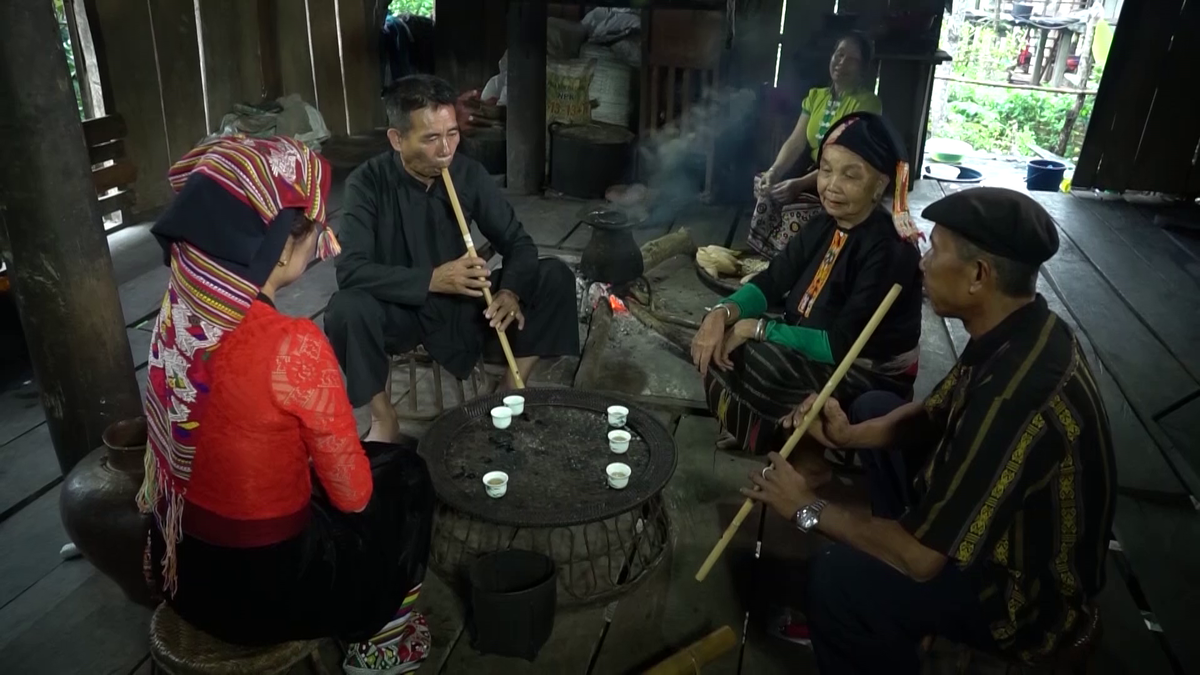





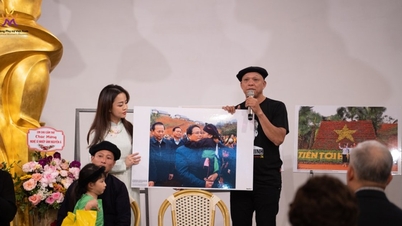


![[Photo] Bao Yen urgently hands over the site of the 500 kV Lao Cai - Vinh Yen transmission line project](https://vphoto.vietnam.vn/thumb/402x226/vietnam/resource/IMAGE/2025/1/23/0ff2a794c2804d89889ed410a6dccf0d)



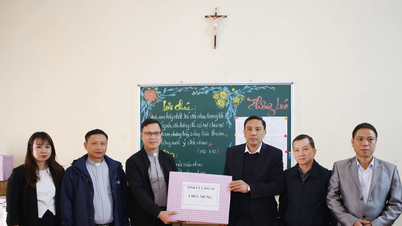
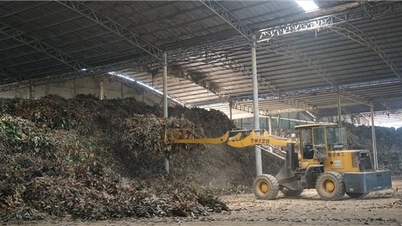



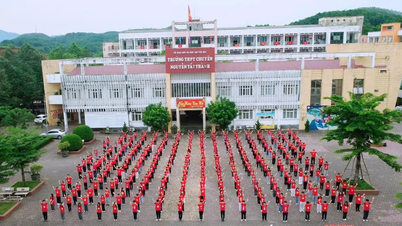
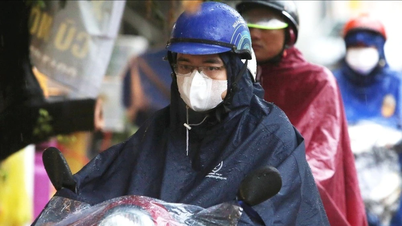




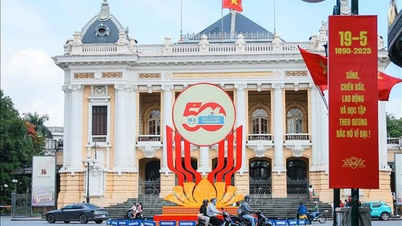

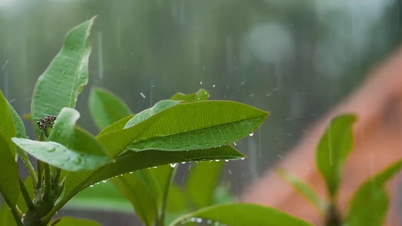
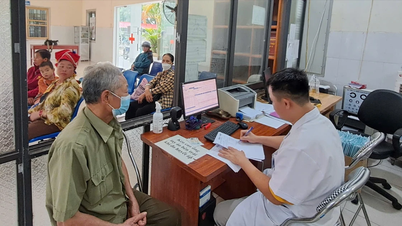
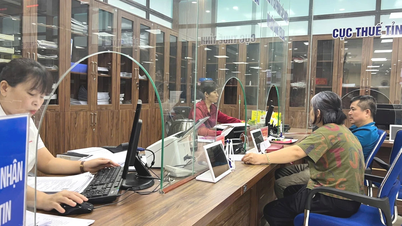
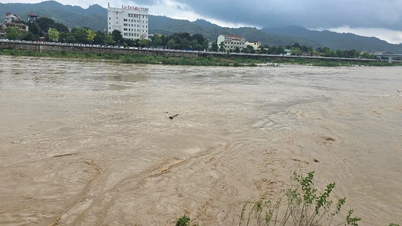
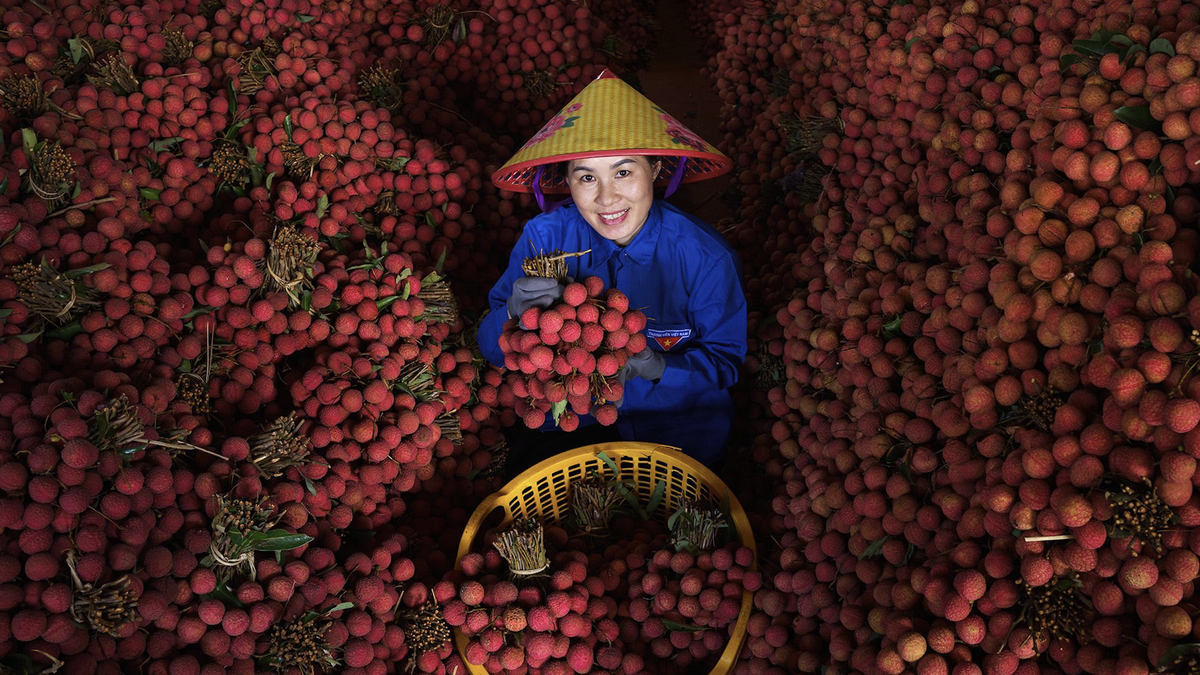
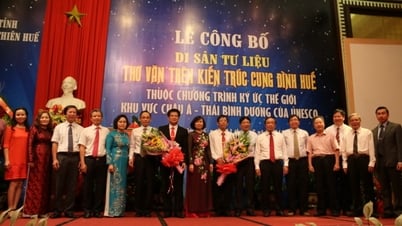

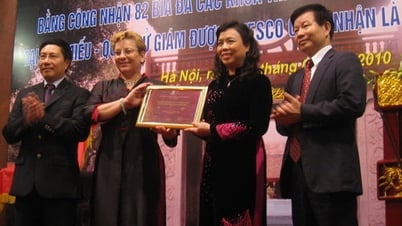

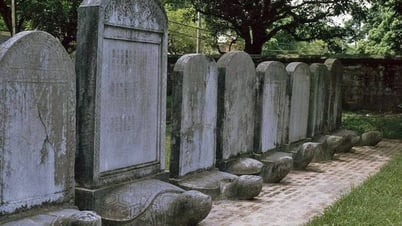

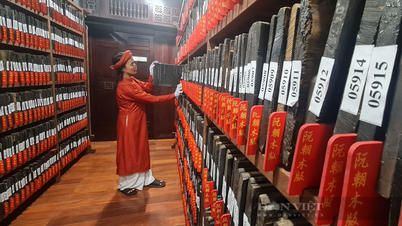





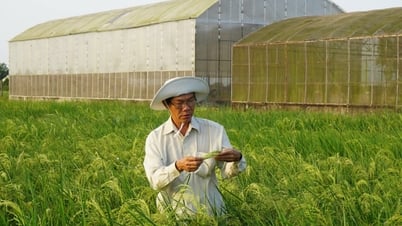

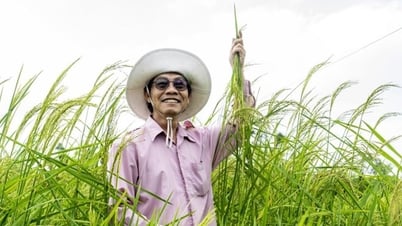

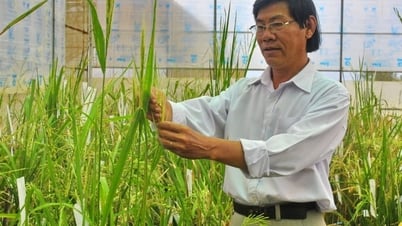
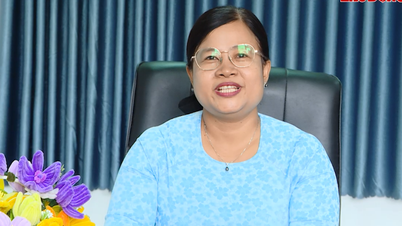


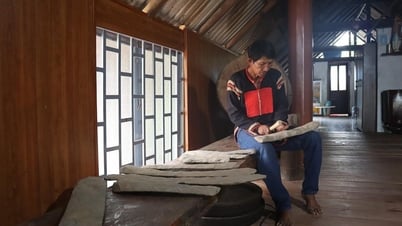

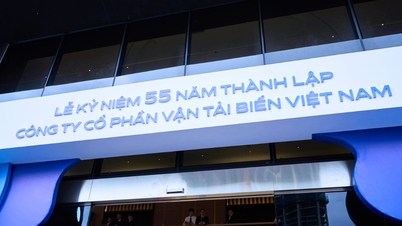

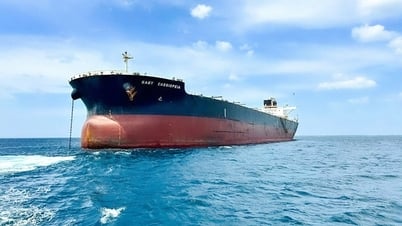
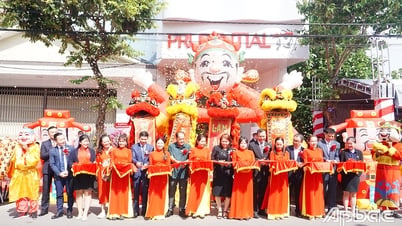



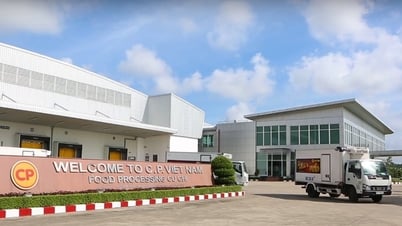


![[Photo] General Secretary To Lam attends the launch of 3 digital platforms serving the implementation of Resolution No. 57-NQ/TW](https://vphoto.vietnam.vn/thumb/402x226/vietnam/resource/IMAGE/2025/7/2/d7fb7a42b2c74ffbb1da1124c24d41d3)


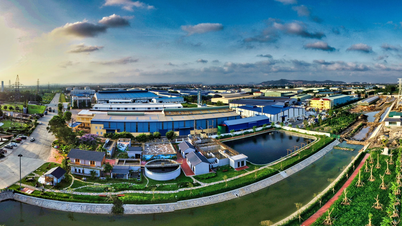

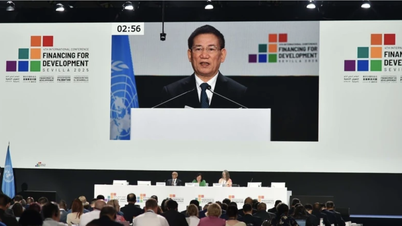


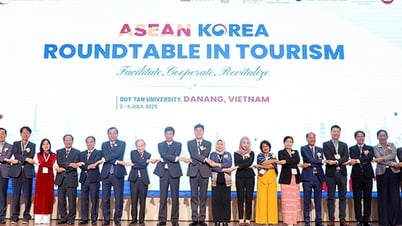
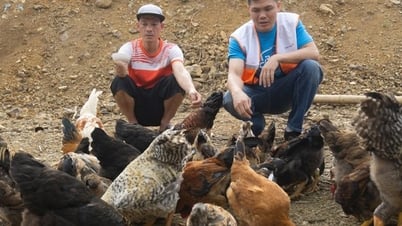
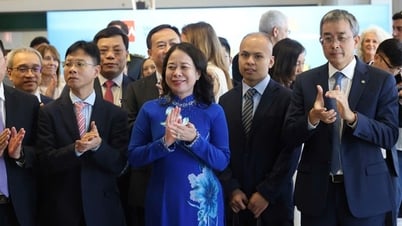


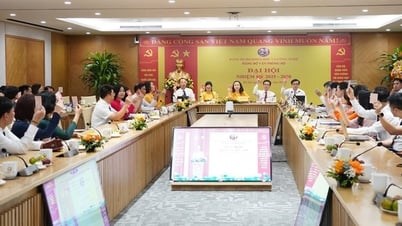


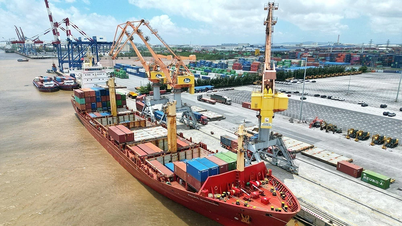
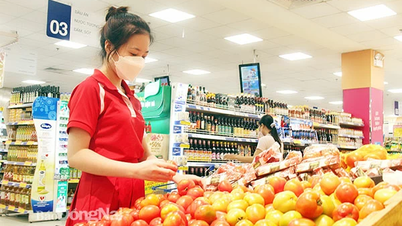
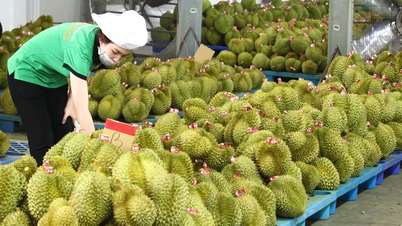

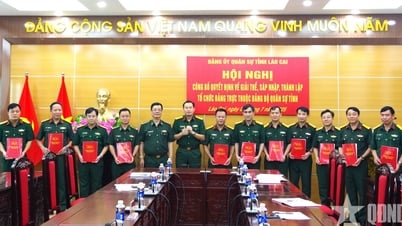

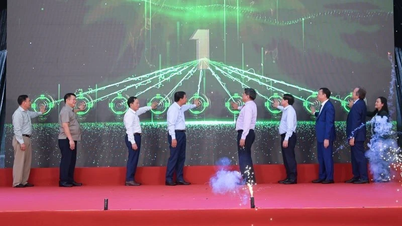
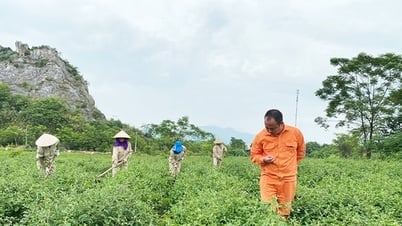









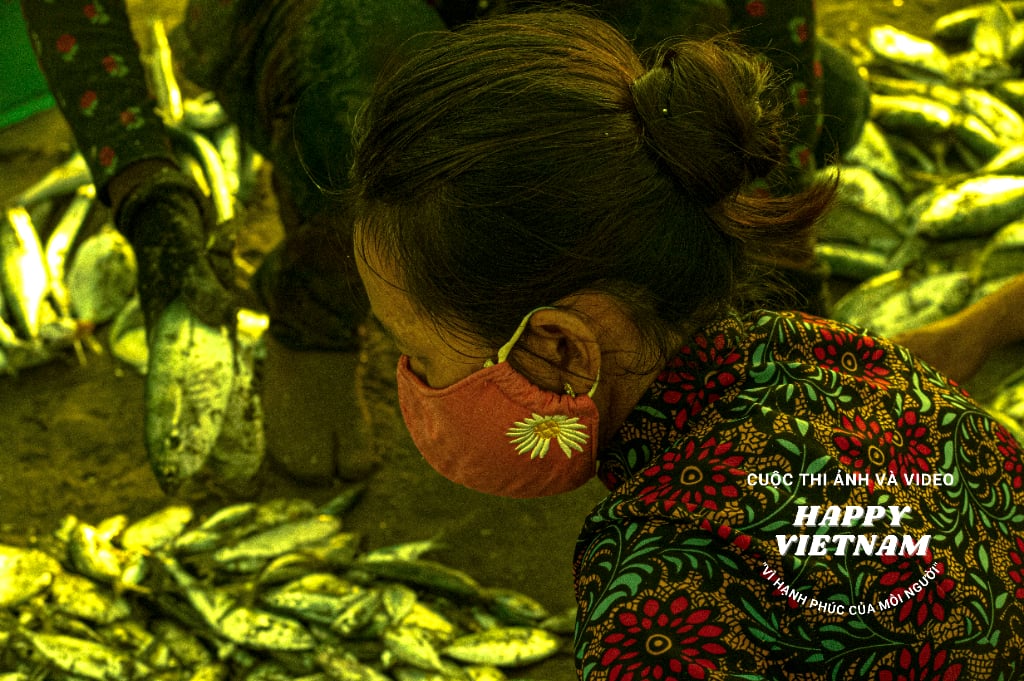



Comment (0)